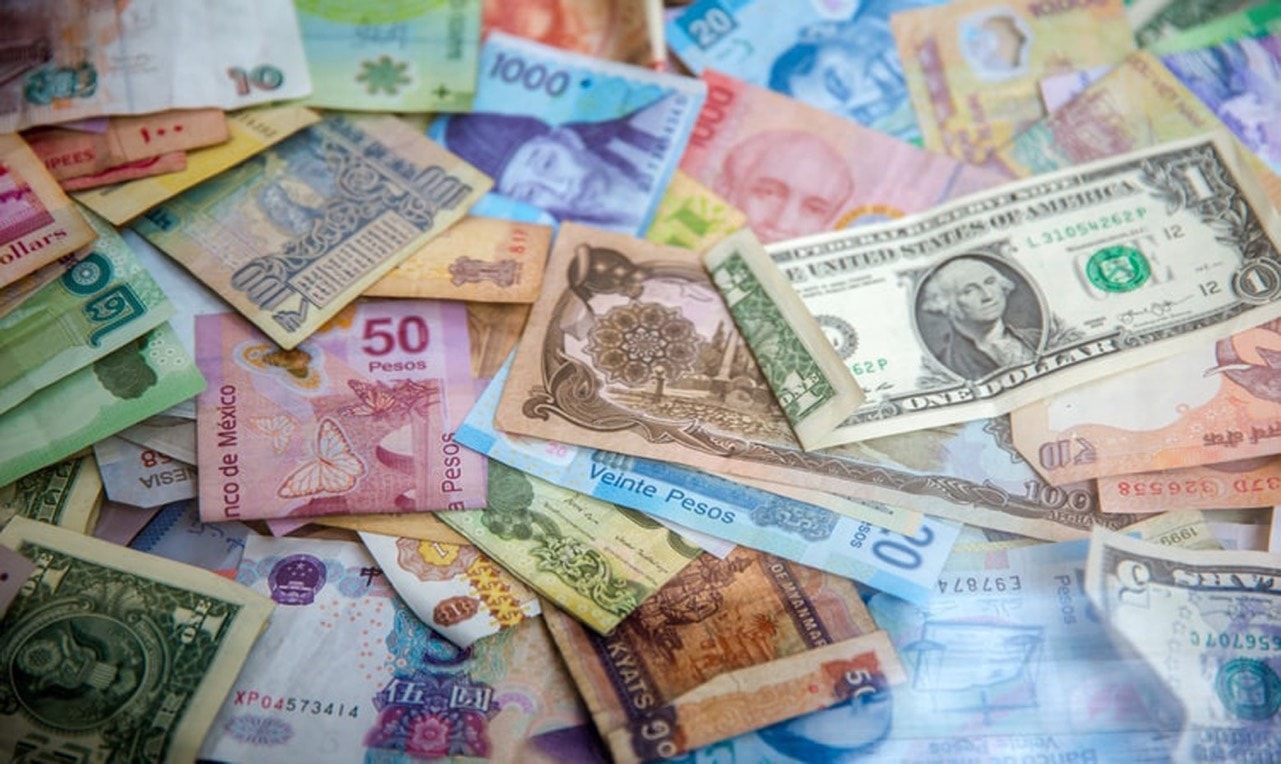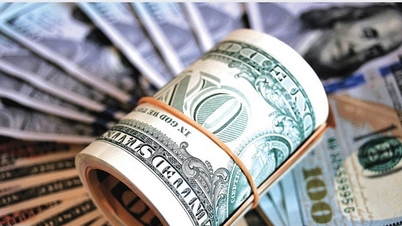World currency exchange rates
The US dollar rose in the last trading session, boosted by the Trump administration’s plan to ease the impact of auto tariffs on local automakers, as well as the prospect of tariff agreements with some trading partners.
The greenback also benefited from late-month buying as investors sought to rebalance their portfolios after President Donald Trump's tariff announcement led to a massive sell-off in US stocks and bonds in April.
The dollar was also boosted by comments from US Treasury Secretary Scott Bessent on April 29, who said the administration was making significant progress in tariff negotiations, highlighting upcoming deals with India and South Korea. He said he would be talking to at least 17 trading partners in the coming weeks.

US Commerce Secretary Howard Lutnick said on April 29 that the Trump administration had just reached a trade deal and was waiting for approval from that country before announcing it.
The dollar rose 0.2% against the Japanese yen to 142.22 in afternoon trade, having gained in four of the last six sessions. However, the dollar has lost more than 5% of its value against the Japanese currency this month, on track for its biggest monthly decline since July 2024.
“This is partly due to reduced tariffs, such as those on auto parts. The dollar has also been doing better recently as stocks have risen,” said Vassili Serebriakov, a foreign exchange strategist at UBS in New York.
In a reverse move, the EUR fell 0.2% to $1.1395.
Investors are worried about progress in easing the US-China trade conflict. In addition, investors are also focusing on US economic data this week. Accordingly, the latest US jobs report will be the main driver for the market, along with preliminary growth figures for the first quarter and data on core PCE, the Fed's inflation gauge.
Fawad Razaqzada, market analyst at City Index and FOREX.com, said in a research note that with a slew of data released this week, traders are looking for “signs of growth in the U.S. economy.” “The bigger question remains whether the Fed will feel compelled to adjust interest rates in the coming months,” he added.
Meanwhile, data released on April 29 revealed a slowing economy. US job losses fell sharply in March, while US consumer confidence fell to its lowest level in nearly five years in April amid concerns about tariffs.
Domestic foreign exchange rates
In the domestic market, at the beginning of the trading session on April 30, the State Bank announced the central exchange rate of the Vietnamese Dong against the USD decreased by 4 VND, currently at 23,956 VND.
* The reference exchange rate at the State Bank's transaction office has slightly decreased, currently at: 23,759 VND - 26,153 VND.
USD exchange rates at some commercial banks are as follows:

* The EUR exchange rate at the State Bank's buying and selling exchange center increased slightly, currently at: 27,033 VND - 29,879 VND.
EUR exchange rates at some commercial banks are as follows:

* The Japanese Yen exchange rate at the State Bank's exchange office increased slightly, currently at: 167 VND - 184 VND.
The YEN exchange rate at some commercial banks is as follows:

Source: https://baodaknong.vn/ty-gia-ngoai-te-hom-nay-30-4-dong-usd-bat-tang-251107.html
























































































Comment (0)